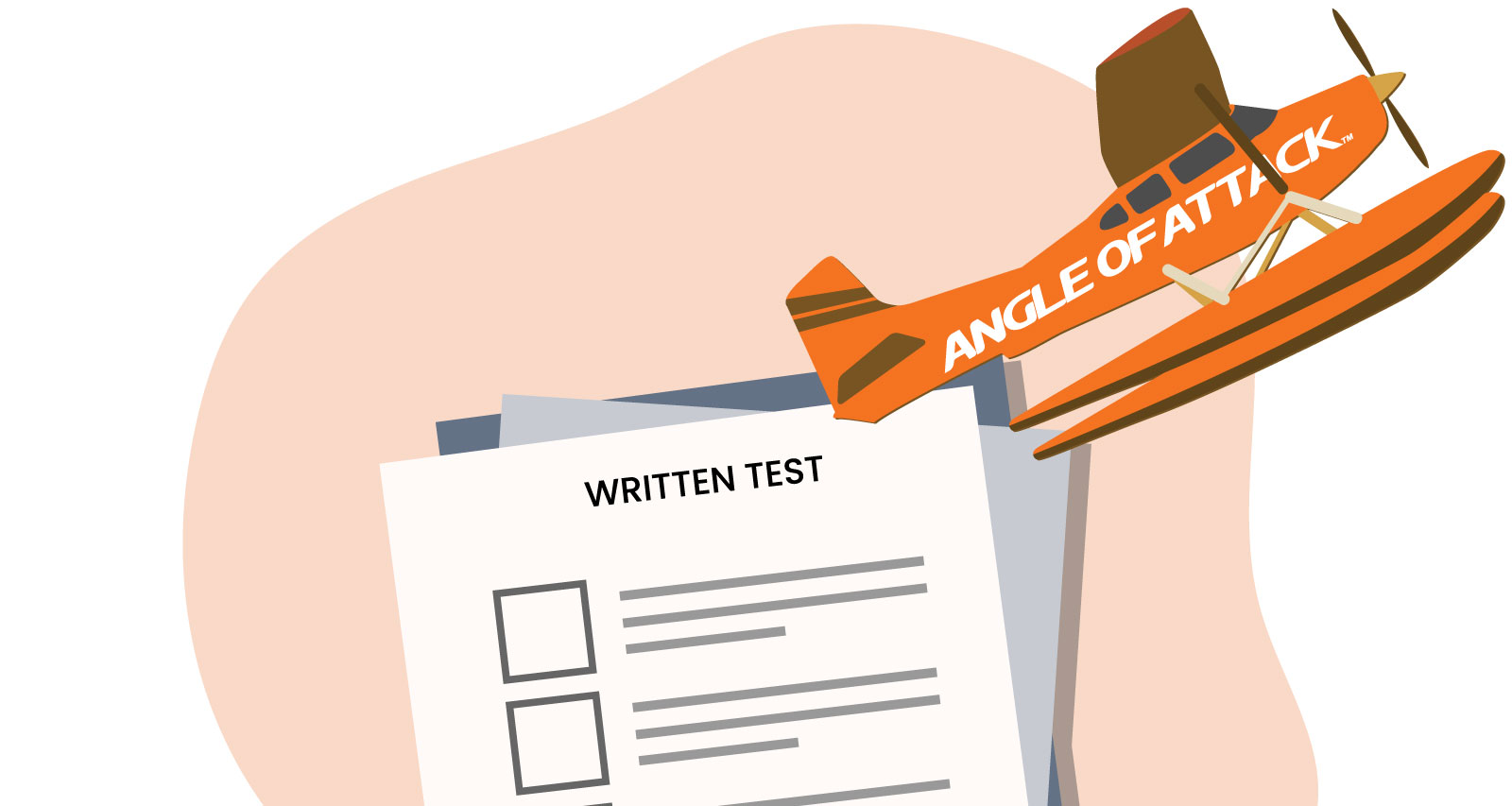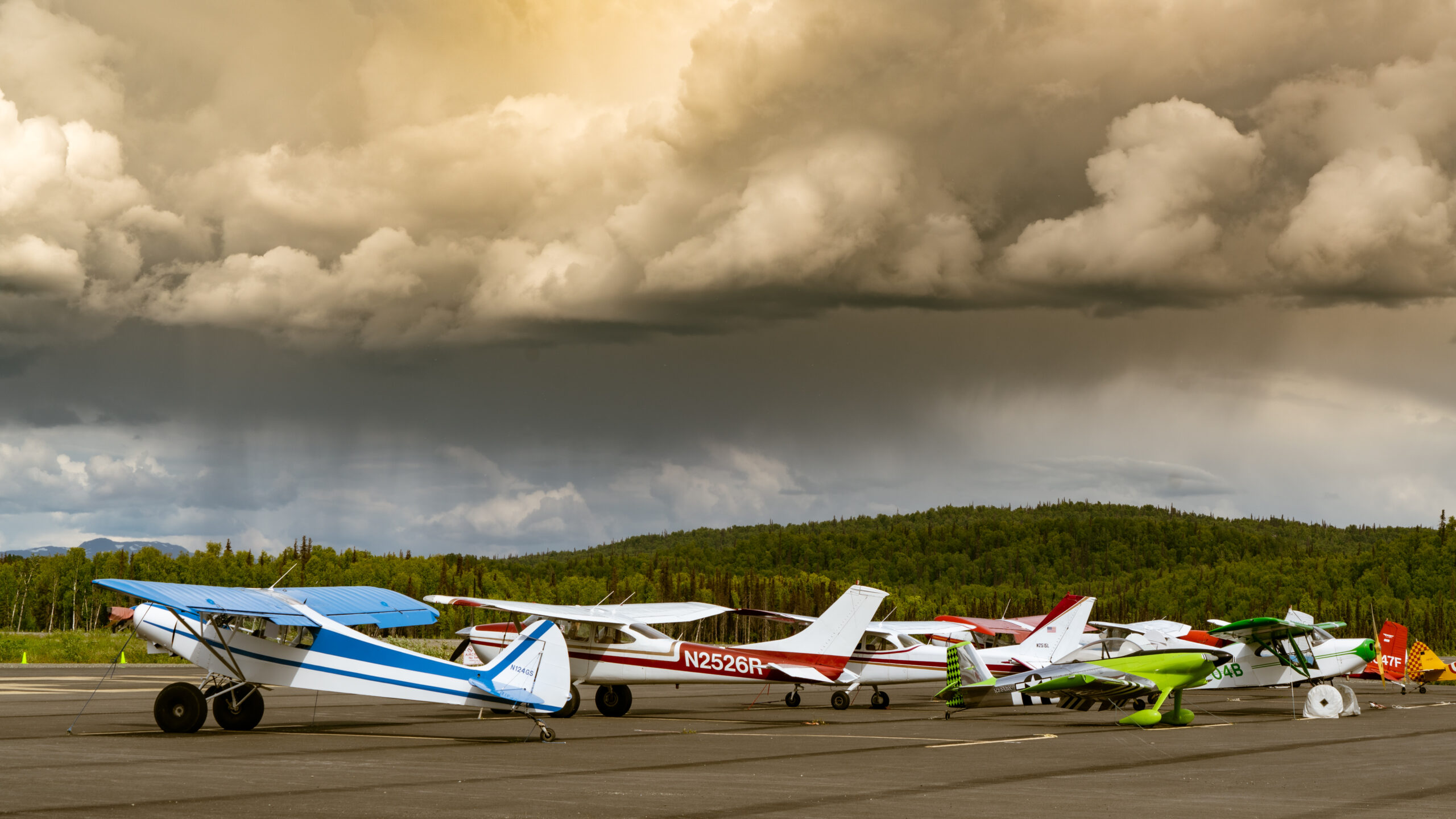
https://www.youtube.com/watch?v=pYUe0l_mibI
Colonel Clarence E “Bud” Anderson joins us on this episode of AviatorCast. He’s a WWII Triple Ace, with 16 1/4 kills to his name during his 300 hours flying over the European Theatre during World War II.
The most notable airplane that Col. Anderson flew during the war was the P-51 Mustang. This aircraft is an icon among aviation enthusiasts and avgeeks. With just over 1600hp, this aircraft had incredible speed and an astounding service ceiling of 42,000 feet.
This served Bud Anderson well as he fought in the skies over Europe. his main type of mission was to protect American bombers as they pounded the Nazi war machine. By taking out the Germans ability to create war, the men on the ground fighting a difficult fight of their own.
During our interview we discuss how Bud fell in love with aviation in the beginning days of aviation. Back then, very few airplanes were around. As a child, it had to be quite an amazing treat to not only see an airplane, but get to fly in one.
The love for aviation and flying started early for Bud.
He then started to put in the work to become a mechanic at a local technical college where he would get great training, subsidized by the government, to help him advance in his career.
During that time the war in Europe was becoming increasingly worrisome for the United States. It was clear that the US couldn’t avoid getting in the war. While there wasn’t much of an appetite for more conflict, there were preparations being made.
Bud started to fly before the war even started, getting his Private Pilot License (or equivalent) which was subsidized by the government. For the cost of insurance, only $7, all other expenses were paid.
He flew J3 Piper Cubs and very much enjoyed his training.
Soon enough the nation was at War. While on his shift at the local factory making widgets, Pearl Harbor was attacked. That night and forward, it became a 24 hour operation.
A short month and some days after the attack on Pearl Harbor, Col. Anderson signed up for the Army Air Corps at the minimum age of 21.
He then went to Arizona to start his training, flying a variety of aircraft, from a Stearman to a T-6 Texan (or Harvard).
Much of his training kept him near California by his family. He’d eventually fly P-39 Cobras before heading off to Europe.
Bud was from the outset part of the leadership of his new Wing, or a Flight Leader.
He started in the P-51B and eventually ended the war flying the P-51D.
Throughout our conversation we talk about what it was like to fly combat in WWII. We also talked about his most harrowing/exciting dogfight, where his group scored 3 kills.
Bud would later be a test pilot with his friend from the war, Chuck Yeager, part of a very select group of pilots pushing aviation to its edge.
He’d also serve in the Korean War and Vietnam in multiple capacities.
All in, he served 30 years in the Army Air Corp and Air Force.
Useful Links
Col. “Bud” Anderson’s Website
“To Fly and Fight”, Bud’s Book
Chief Flight Instructor and President of Angle of Attack. Founded in 2006.

Stay Connected
Be the very first to get notified when we publish new flying videos, free lessons, and special offers on our courses.










